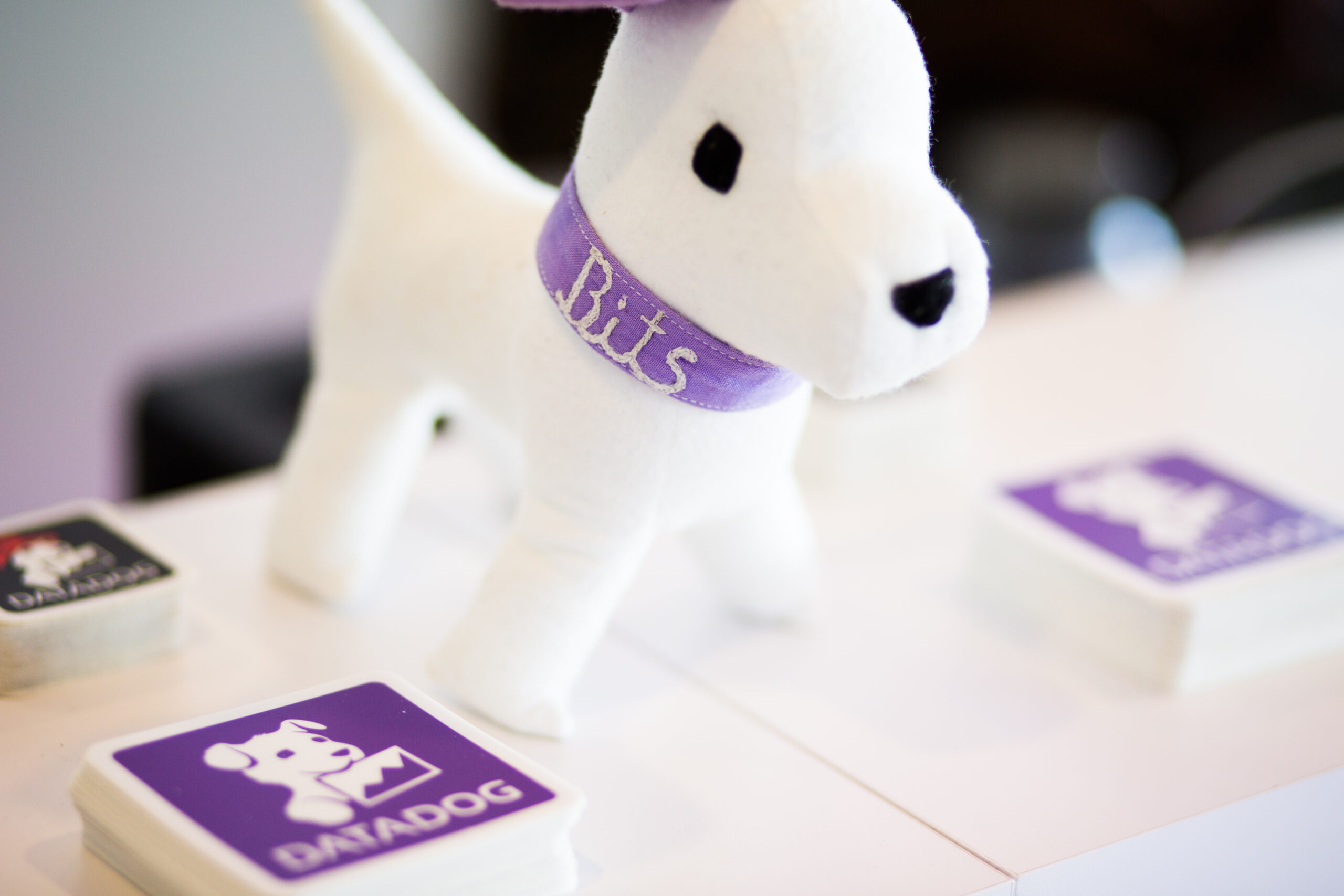TL;DR:
- Datadog introduces “Bits,” a groundbreaking AI assistant for real-time issue resolution.
- The AI assistant streamlines observability for enterprise teams, learning from customer data to provide prompt answers and guidance.
- Datadog also unveils an end-to-end solution for monitoring large language models (LLMs), enabling rapid problem detection and resolution.
- Competition in the LLM observability space with New Relic and Arize AI.
- The rise of LLMs in enterprises creates a growing demand for advanced monitoring solutions.
Main AI News:
Datadog, the renowned provider of cloud observability solutions for enterprise applications and infrastructure, has just upped its game with a series of groundbreaking enhancements to its core platform. The company’s latest offerings include ‘Bits,’ a revolutionary generative AI assistant designed to aid engineers in real-time application issue resolution, and an all-encompassing solution for monitoring large language models (LLMs).
The primary focus of these new capabilities, especially the AI assistant, is to streamline observability for enterprise teams. However, they are not yet available for general use. Datadog is currently conducting beta tests with a select group of customers and plans to make them universally accessible at a later stage.
Empowering Teams with Unparalleled Issue Detection and Remediation Support
Monitoring applications and infrastructure entails an extensive amount of groundwork, from detecting and triaging issues to applying remediation measures and preventive actions. Even with observability tools in place, this process involves sifting through massive volumes of data, documentation, and conversations from diverse systems, which can often take hours or even days.
With the introduction of Bits AI, Datadog addresses this challenge by providing teams with an intelligent assistant capable of managing end-to-end incident resolution while responding to natural language commands. Accessible via chat within the company’s platform, Bits learns from customer data encompassing logs, metrics, traces, real-user transactions, and institutional knowledge sources like Confluence pages, internal documentation, or Slack conversations. This wealth of information enables Bits to promptly offer insights on issues and guide users through troubleshooting and remediation steps in a conversational manner.
The result is a significantly improved workflow for users, leading to faster problem resolution.
The Power of Blending Statistical Analysis, Machine Learning, and LLM Models
“LLMs are very good at interpreting and generating natural language, but presently they are bad at things like analyzing time-series data and are often limited by context windows, which impacts how well they can deal with billions of lines of logging output,” explained Michael Gerstenhaber, VP of product at Datadog, in an exclusive interview with VentureBeat.
Bits AI represents a fusion of statistical analysis, machine learning, and LLM models. By harnessing OpenAI’s LLMs, the assistant can perform sophisticated analyses, predict system behavior, interpret results, and generate responses to complex queries. From coordinating responses among on-call teams in Slack to providing concise explanations of code errors with suggested fixes that can be applied with a few clicks, Bits AI elevates the incident management process to unprecedented heights.
Competition and Expansion in the LLM Observability Space
Notably, Datadog isn’t the only player in this realm. Competitor New Relic has introduced its AI assistant called Grok, which similarly employs a chat interface to help teams monitor and resolve software issues and more.
Moreover, Datadog has expanded its platform further by introducing an end-to-end solution for LLM observability. This comprehensive offering aggregates data from generative AI applications, models, and various integrations to empower engineers with rapid problem detection and resolution capabilities.
The tool can effectively monitor model usage, track costs and API performance, and analyze model behavior to detect instances of hallucinations and drift based on various data characteristics. By bringing together app developers and ML engineers, Datadog’s LLM Observability solution facilitates seamless collaboration on operational and model performance issues, leading to optimized latency, reduced cost spikes, and improved model performance.
While Datadog’s offerings boast impressive advantages, they face competition from the likes of New Relic and Arize AI, both of which have made strides in simplifying the management of LLMs.
Conclusion:
Datadog’s latest innovations, including the revolutionary Bits AI and LLM monitoring solution, significantly enhance observability for enterprise applications and infrastructure. By offering real-time issue resolution assistance and seamless monitoring of large language models, Datadog is well-positioned to gain a competitive advantage in the market. As the adoption of LLMs continues to rise among enterprises, there is a growing demand for sophisticated monitoring tools like those offered by Datadog. This positions the company for potential market growth as businesses seek to optimize their operations and ensure the smooth functioning of their AI-driven applications.

